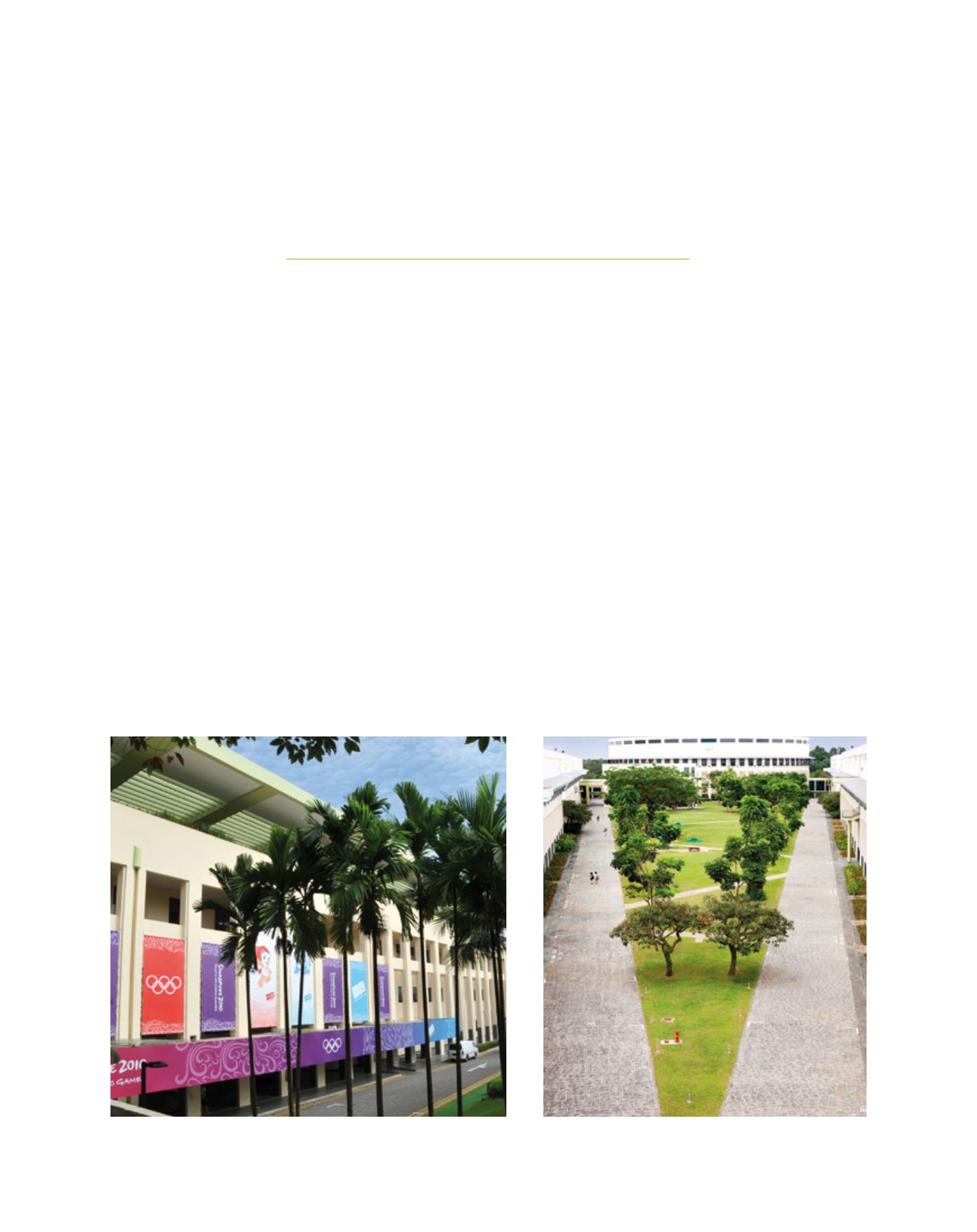

[
] 102
Building a world-class education
system through capacity-building:
the Singapore experience
David John Hogan and Sing Kong Lee, National Institute of Education, Nanyang Technological University, Singapore
I
n 1965, Singapore achieved independence as a postcolonial
nation state, but it was more ‘state’ than ‘nation’. In the 45 years
since, Singapore has undertaken a distinctive and remarkably
successful programme of national development, becoming not only
an economic powerhouse in the Asian region, but also an influ-
ential, prosperous, orderly, cohesive, multi-racial, global city and
nation state. In this endeavour, education has played a pivotal part.
From the beginning, the state provided a free and highly subsidised,
well-funded universal system of public education: currently, educa-
tion accounts for 3.5 per cent of Singapore’s GDP. In the same year,
secondary schools had a retention rate of 95 per cent. Between
1970 and 2004, literacy rates jumped from 68.9 per cent to 94.2 per
cent; during the same period, the percentage of university gradu-
ates in the population increased from 1.9 per cent to 12.1 per cent.
These achievements are also evident in exceptional performance
in international assessments in mathematics and science. In the
Trends in International Mathematics and Science Study (TIMSS)
assessment, for example, fourth- and eighth-grade students from
Singapore consistently scored in the top place in mathematics in
1995, 1999 and 2003. In science, fourth-grade students
came seventh in 1995 and first in 2003, while eighth
grade students were first in 1995, second in 1999 and
first in 2003.
The rapid development and remarkable success of
Singapore’s educational system, and of Singapore
more broadly, in a mere 40-odd years is a remark-
able testament to the quality of its leadership and
the extraordinary commitment of the government
to nation building. There has been heavy invest-
ment in the formation of human capital – the only
major resource that Singapore possesses, other
than its strategic geographical location – includ-
ing the recruitment and training of key institutional
elites, the government’s commitment to securing a
high degree of institutional alignment within and
between sectors, and the energy, discipline, ambition
and confidence of its people. Within education, for
The National Institute of Education, Singapore, is an autonomous institute of the Nanyang Technological University, Singapore
Image: NIE, Singapore
Image: NIE, Singapore
















